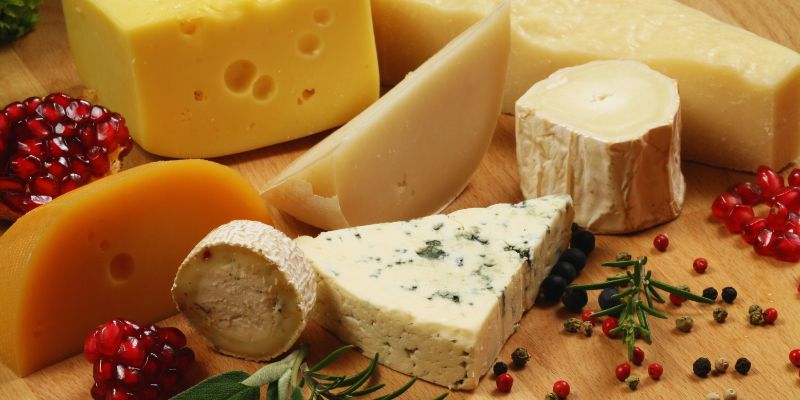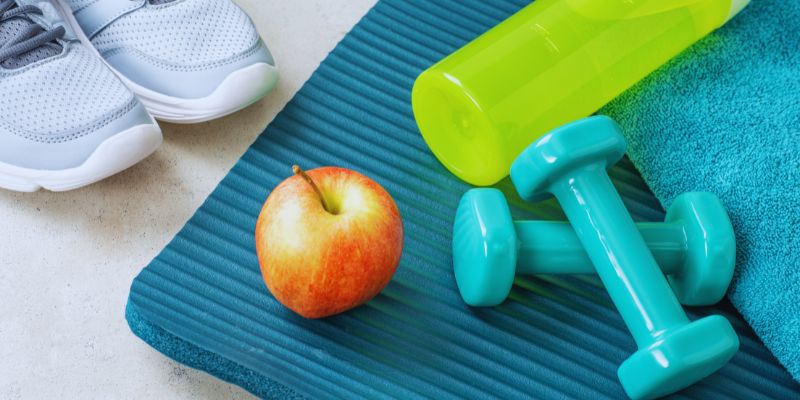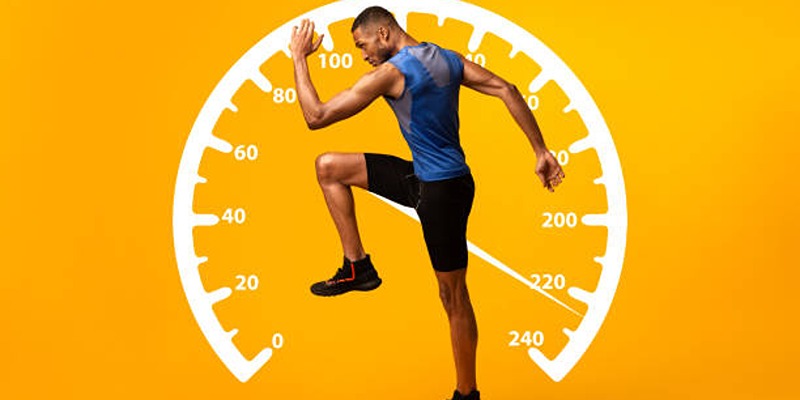For years, spinach has been celebrated as a powerhouse of nutrients, especially its supposed high iron content. Popularized by media and tradition, it became a symbol of strength and vitality. However, scientific discoveries have unveiled surprising truths about spinach's actual iron levels, challenging old beliefs and revealing a more nuanced perspective on this leafy green.
The Origin of Spinach’s Iron Reputation:
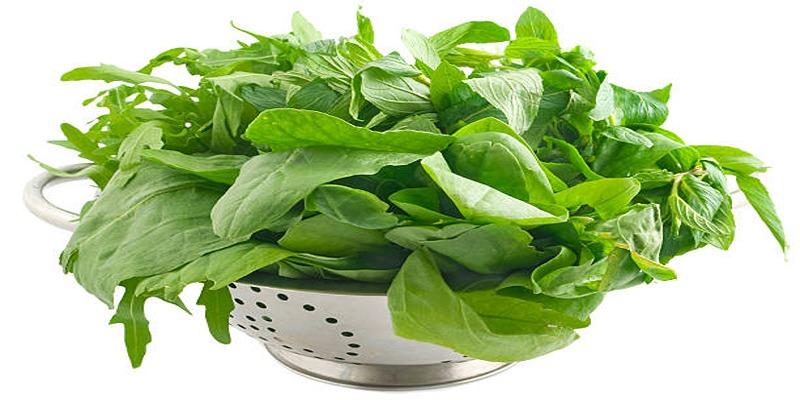
The iron-richness of that spinach is one of those misconceptions that dates back to an error many years ago. A nineteenth-century scientific flaw (a shifted decimal point) misinformed people about the iron content of spinach; spinach contains only about three times as much iron as fruits and vegetables. Despite this revision, many people still believed in the popular myth.
Along with the first lie about spinach, Popeye's lively adventures in cartoons elaborated even more the wrong notion. Spinach is loaded with nutrients but doesn’t offer the much trumpeted iron content people believe. Let us get rid of patches of misunderstanding with up-to-date scientific data.
How Much Iron Does Spinach Contain?
Spinach contains about 2.7 milligrams of iron per 100 grams (cooked), which is considered a moderate amount. However, there’s an important distinction to make: the type of iron found in spinach.
There are two types of dietary iron:
- Heme iron, found in animal sources like red meat and poultry.
- Non-heme iron, found in plant-based sources such as spinach, lentils, and tofu.
Spinach contains only non-heme iron, which is less readily absorbed by the body compared to heme iron. As a result, although the quantity may seem decent, your body may absorb only a small portion of it.
The Role of Oxalates in Spinach:
Another reason why spinach may not deliver as much iron as assumed is due to its high oxalate content. Oxalates are natural compounds found in certain vegetables that bind to minerals like iron and calcium, making them less bioavailable.
In spinach, oxalates can significantly reduce the absorption of iron. This means even if spinach has a reasonable amount of iron on paper, your body might only absorb a small fraction.
Maximizing Iron Absorption from Spinach:
Just because spinach has low bioavailability doesn’t mean it’s not worth including in your diet. There are ways to enhance iron absorption from plant-based sources:
1. Pair with Vitamin C
Vitamin C can significantly boost non-heme iron absorption. Consuming spinach with vitamin C-rich foods like:
- Bell peppers: Packed with vitamin C, they not only boost your immune system but also enhance iron absorption from plant-based foods.
- Oranges: These citrus fruits are a great source of vitamin C, helping your body absorb non-heme iron more effectively.
- Strawberries: Rich in antioxidants and vitamin C, they aid in increasing iron uptake while adding a sweet touch to your diet.
- Tomatoes: Whether eaten fresh or in sauces, their high vitamin C content supports better iron absorption from meals.
2. Avoid Iron Blockers During Meals
Some foods and beverages can hinder iron absorption, especially when consumed at the same time as spinach. These include:
- Tea and coffee (due to tannins)
- Calcium-rich foods or supplements
- Whole grains are high in phytates
Try to avoid these during meals that contain spinach if you are looking to improve iron absorption.
3. Cook Your Spinach
Cooking reduces the oxalate content in spinach, which may help increase the availability of its minerals. Sautéing or steaming spinach lightly can be more beneficial than eating it raw, especially if iron is your concern.
Other Nutritional Benefits of Spinach:
While iron is often in the spotlight, spinach offers a range of other nutrients that make it worth including in your meals.
Vitamin K
Spinach is one of the richest sources of vitamin K, essential for bone health and proper blood clotting.
Magnesium
This mineral plays a role in over 300 enzyme reactions in the body and supports muscle and nerve function.
Antioxidants
Spinach contains powerful antioxidants like lutein, zeaxanthin, and beta-carotene, which contribute to eye health and combat oxidative stress.
Who Should Be Cautious About Relying on Spinach for Iron?
Certain groups may need to be more intentional with their iron intake, and spinach alone may not be enough:
1. Women of Childbearing Age
Due to monthly blood loss, women need more iron. Relying solely on non-heme sources like spinach without pairing them properly may lead to deficiencies.
2. Vegetarians and Vegans
Plant-based eaters must be extra mindful of combining iron-rich foods with enhancers like vitamin C to meet their needs effectively.
3. Individuals with Iron-Deficiency Anemia
People with diagnosed iron-deficiency anemia often require iron supplements or high-absorption foods. While spinach can support overall nutrition, it should not be relied on as the main source of iron in these cases.
Better Plant-Based Alternatives for Iron:
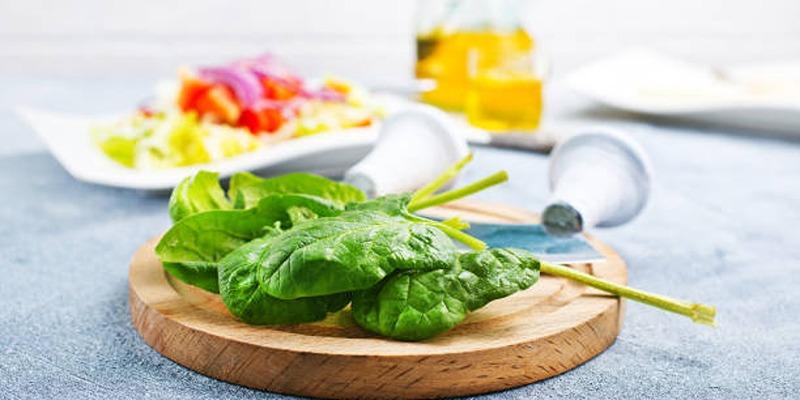
If you are looking for stronger plant-based sources of iron with better absorption potential, consider the following:
- Lentils (3.3 mg of iron per 100g): A versatile legume that's perfect for soups, stews, and salads, lentils are a great plant-based source of protein and iron.
- Chickpeas (2.9 mg of iron per 100g): Packed with nutrients, chickpeas are ideal for making hummus, curries, or adding to grain bowls.
- Pumpkin seeds (8.8 mg of iron per 100g): These crunchy seeds are not just a snack but a powerhouse of iron and other minerals, perfect for sprinkling on salads or oatmeal.
- Tofu (3.4 mg of iron per 100g): A highly versatile protein source, tofu absorbs flavors well and works in anything from stir-fries to smoothies.
- Quinoa (2.8 mg of iron per 100g): A nutrient-rich ancient grain, quinoa is not only high in iron but also a complete protein, making it a staple in many healthy diets.
These sources can complement spinach in a balanced plant-based diet and provide better iron benefits when prepared with care.
Conclusion:
The truth about spinach and its iron content highlights the importance of understanding nutrient absorption, not just nutrient quantity. Spinach deserves a place on your plate—but for balanced nutrition, it should be part of a broader strategy, not your sole source of iron. By making informed choices and combining foods wisely, you can enjoy the many benefits of spinach while still meeting your iron requirements effectively.




